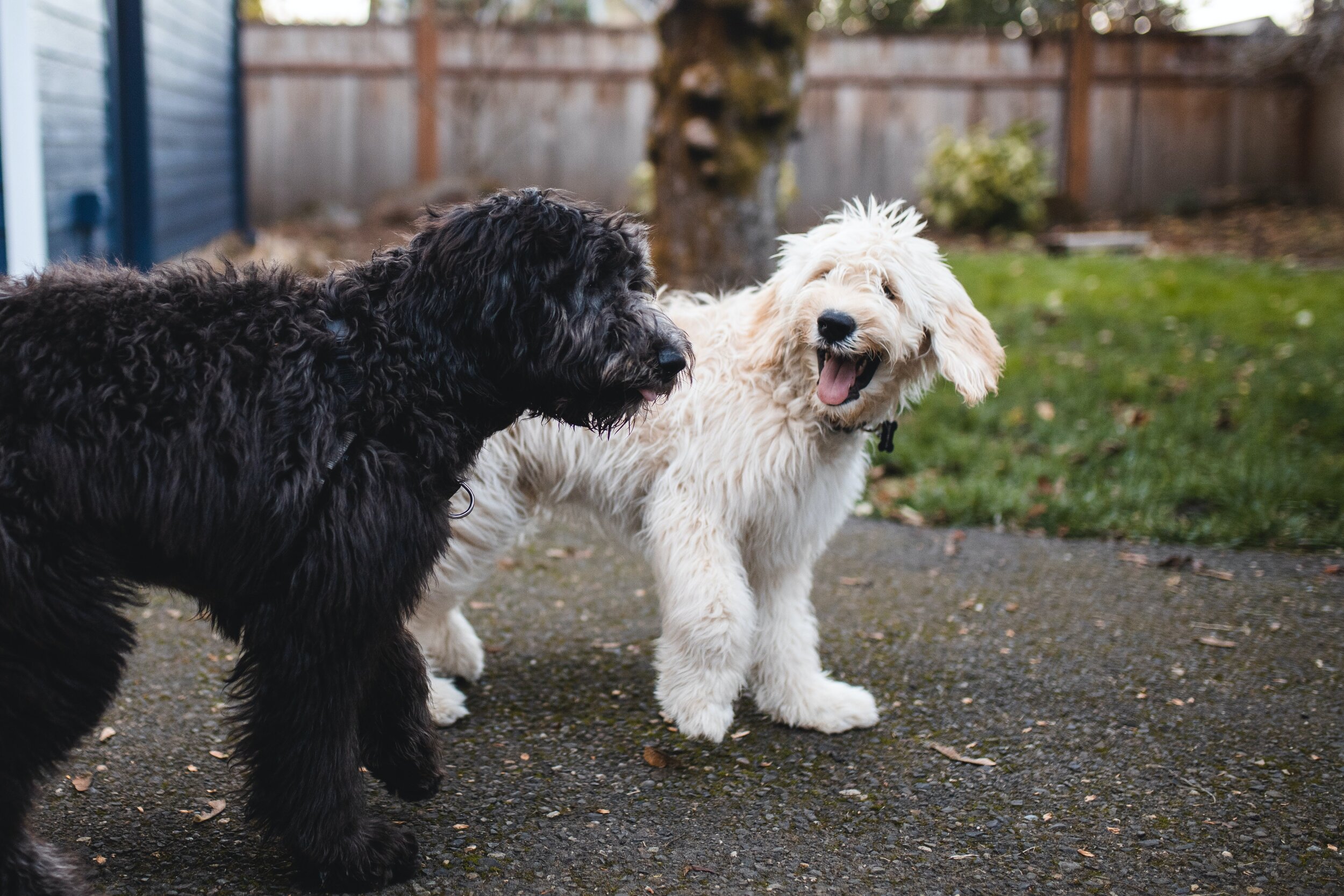Two Conversations With A Dog
“Dogs are here for two reasons: to put gray hairs on your head, and to make you look like an idiot”
-Advice to a Young Dog Trainer
If one is hoping to advance (or simply survive) in the field of professional dog training, then you must learn early on how to inoculate yourself against the tendency to feel too embarrassed with a dog in public.
Stuff is going to happen.
The dog that has been working beautifully for an entire 20 minute training session at the local public park will all of the sudden decide that they are no longer interested in cooperating with you. You may then be reduced to ridiculous noises, fanciful body language, or even a stern and/or firm correction of the dogs behavior, depending on where the dog is in the process and whether or not the dog’s behavior is coming from a place of confusion or rebellion.
I tend to notice people’s behaviors around their dogs in public, and it is usually pretty easy for me to tell the experienced and/or confident owner from the alternative. And it’s usually because they are having two different conversations with the dog.
The owner lacking in experience and confidence is often seen reasoning with their dog. They are embarrassed, so they might try to explain their dog’s behavior away. They are usually talking to anyone who can hear them, but it is done under the guise of addressing their dog.
From the human in a standoff with their dog that won’t budge in the direction they want to go you might hear:
“I know, you just want to play with all of the dogs, but it’s time to go home.”
Or from the human with the leash reactive dog:
“Why are you always doing that?! You don’t see that dog barking their head off!”
And so it goes.
The other conversation is usually quite different. There are many less words, but each word is intentional. A warm and encouraging “yes” contrasted with a discouraging “no” can speak volumes.
Just like a mother dog won’t try to rationalize her puppy’s behavior away. A well adjusted mother will, in clear and certain terms to her puppy, approve or disapprove of her offspring’s decisions. A loving nuzzle or lick. A sharp nip, growl or bearing of her teeth. She doesn’t care what anyone around her thinks of her discipline.
The dog only needs so much. As long as you feel it, believe it and truly mean it – that’s what matters.

